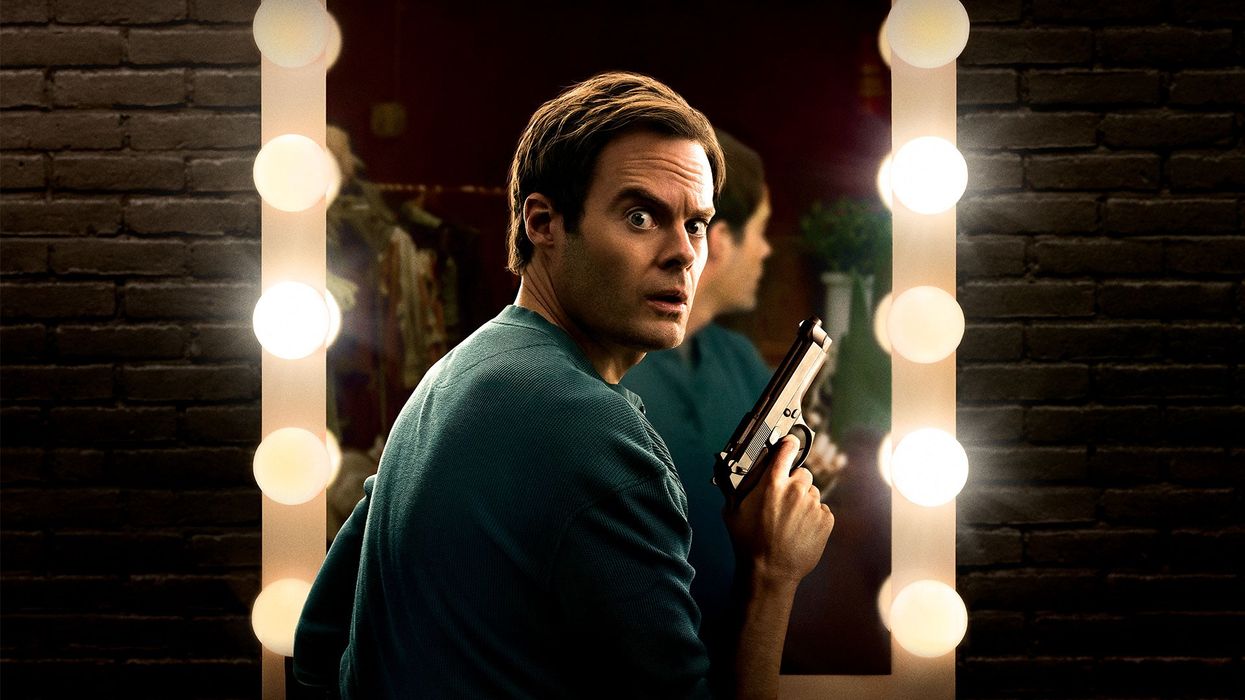Bill Hader Created a Killer Character to Deal with Life, and You Can Too
Find a character that helps you sort out your own mess.

Bill Hader's character "Barry" is one of the most nuanced and brutal modern protagonists.
It's no wonder that the idea for an anxious hitman-turned-actor came from somewhere inside Hader. It came from maturity in seeing the world where people turn out more like the characters in Goodfellas than in other movies, and also in dealing with his own anxiety as a person.
Hader used to pepper the famous movie directors who frequented the SNL set with lots of questions. He wanted to know the how and the why of their work. Now, Hader is figuring out these big questions for his own work. And for his own psyche.
Barry was born out of Hader's anxiety. As he says in his Hollywood Reporter write-up, “Anxiety is always fighting those voices in your head saying, 'Here’s all the bad things that are going to happen.' Weirdly, I have a harder time with day-to-day stuff, as opposed to running a TV show.”
The character follows in the same fashion. He has a hard time living day-to-day, interacting with people, but when it comes to his job of being a hitman and a paid assassin, he has no problem doing the killing.
When it came time to convince HBO and others to let him direct some of Barry, it was easy. The character was such a part of him. and Hader had asked all those annoying questions of famous directors. He had the answers to how and why he would do different things. And he came with a ton of visual references for how he wanted to do it.
This season, Hader is taking even more chances with the character.
“Barry’s back is against the wall and he’s freaking out and he has this in him. There’s only a matter of time before it starts going out on the people he loves. In the writers' room, people go, 'Well, that’s going to be really upsetting.' And it’s like, 'But yeah, to not do it, it feels like we’re purposely avoiding it.' And you don’t want to go, ‘Well, he’s only mean to these people.' It’s like, 'No, he’s mean to everybody.'"
I think there's a lot to learn from Hader here. We all have what we consider to be our weaknesses. Hader was able to channel his doubt and fears into a character dealing with many of the same issues. This indelible link allows Hader to turn toward his character honestly and explore his darkest thoughts. It also allowed him to reinvent a tired trope of hitmen. He added personal details that made this more interesting and relatable for people.
What have you gleaned from the show Barry? Are you excited for its return? Let us know in the comments.











